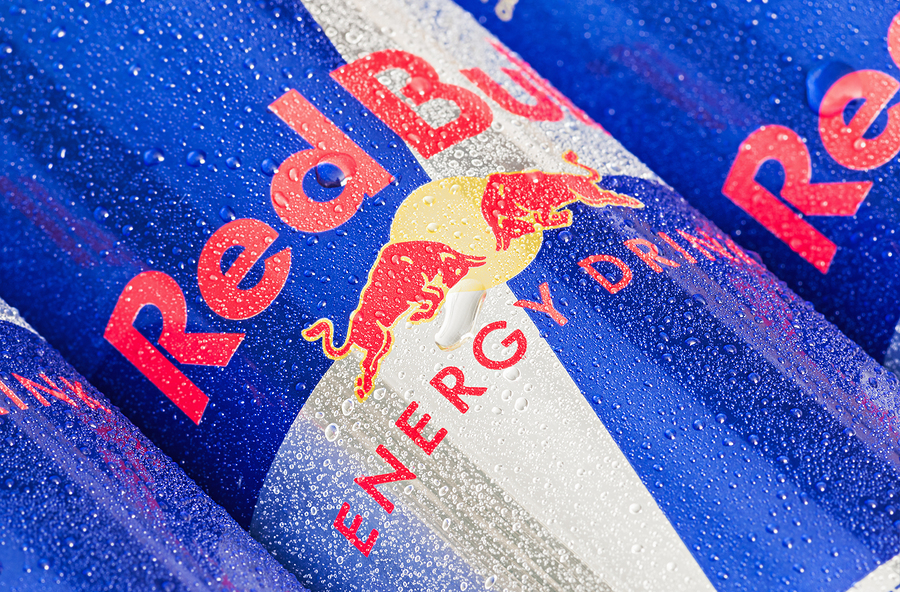
August 14, 2014
How Content Marketing Gave Red Bull Wings — and How It Can Help Your Brand Fly, Too
With content marketing continuing to be the hottest marketing trend for 2014 – more than 70% of companies plan to increase their content marketing expenditures this year, according to Curata– is your business investing wisely? If you’re creating content designed to promote your products or services, rather than your brand’s values, then you’re missing the point. Great content marketing builds relationships with customers based on brand values. And, in many cases, there’s barely a product mention in sight.
Red Bull is an excellent content marketing case study. Upon entering US markets in 1997, “Red Bull” was little more than a carbonated energy drink that was trying to create a new segment of the beverage market. Now, thanks to brilliantly executed content marketing campaigns primarily focused on the brand’s values, Red Bull is the ultimate brand for pushing your limits and going further than you dreamed possible. Red Bull is synonymous with living an extreme lifestyle. In fact, their website boasts verticals such as Adventure, Motorsports, and even eSports, for those who prefer to do their thrill seeking in a virtual setting.
Red Bull isn’t shy about throwing their resources into their marketing; they’ve got a team of reportedly 135 people, even have their own record label, Red Bull Records. While your business may not have access to these resources, Red Bull can still teach you a few lessons in how to improve content marketing to support your brand’s value. From popular social sharing sites where users engage with Red Bull’s brand message and lifestyle on their own accord to the beautifully crafted company slogan “We give wings to people and ideas”.
Here’s how content marketing gave Red Bull wings – and how these content marketing best practices can do the same for your business:
Lesson #1: Lifestyle first, product second. Red Bull’s content never pushes the company’s product. Sales-y content turns customers off, and can create a feeling of distrust that authentic stories rarely do. That’s why Red Bull focused instead on creating aspirational lifestyle content. Most of us will never re-create Felix Baumgartner’s death-defying world record free-fall from the edge of space – nor do we actually want to do so. However, we do want to be associated with the brand that helps us do more than we ever thought possible.
Take the time to figure out what your brand stands for, and what you value. Are you a health food company? Then chances are that you care about a fit body and mind all around. Discuss other aspects of health that go along with eating healthy, including exercise and sleep. You may find many opportunities to expand your reach without pushing customers by determining relevant markets, and appealing to that clientele.
Lesson #2: Presentation matters. Red Bull’s content marketing is built around the curation of gorgeous, stunning visual imagery. A quick look at Red Bull’s Twitter feed reveals lots of beautiful photos and videos of extreme activities. People love visuals; they boost brand interactivity, and bring folks back for longer form content, which deepens brand engagement. And Red Bull is not ignoring traditional publishing platforms either; their magazine reaches 5 million people.
The saying “a picture is worth a thousand words” holds true here – especially on Twitter, where there are minimal characters to work with. And studies show that our brains are wired to process images faster than we do text. Going back to the health food company example, images of active people and brightly colored produce are great for supporting your message.
And don’t forget about colors: Marketing psychology tells us that green is associated with health, so be sure to utilize is often. Red Bull using red (urgency and body stimulation) and blue (curbs appetite, trustworthy) definitely supports the psychology of colors.
Lesson #3: Partner with the right people. No brand is an island, and Red Bull has wisely chosen partnerships that build upon the brand’s extreme values. Their logo was all over 2011’s big budget film the “Art of Flight.” From action sports sponsorships and events to the aforementioned Felix Baumgartner’s free fall from the edge of space. These partnerships all underscore Red Bull’s fundamental brand values: risk-taking, courage, and boldness.
Smart partnerships should do the same for your business. After figuring out other values that align with your brands message, look into other organizations and campaigns that you can work with for a mutually beneficial partnership. The health food company might want to look into sponsoring a free workout class at a local gym in their community or a broad national campaign similar to Michelle Obama’s Let’s Move! Cross-promotional efforts and sponsorship opportunities are a great way to show what your brand is about, and help your content marketing take flight.




